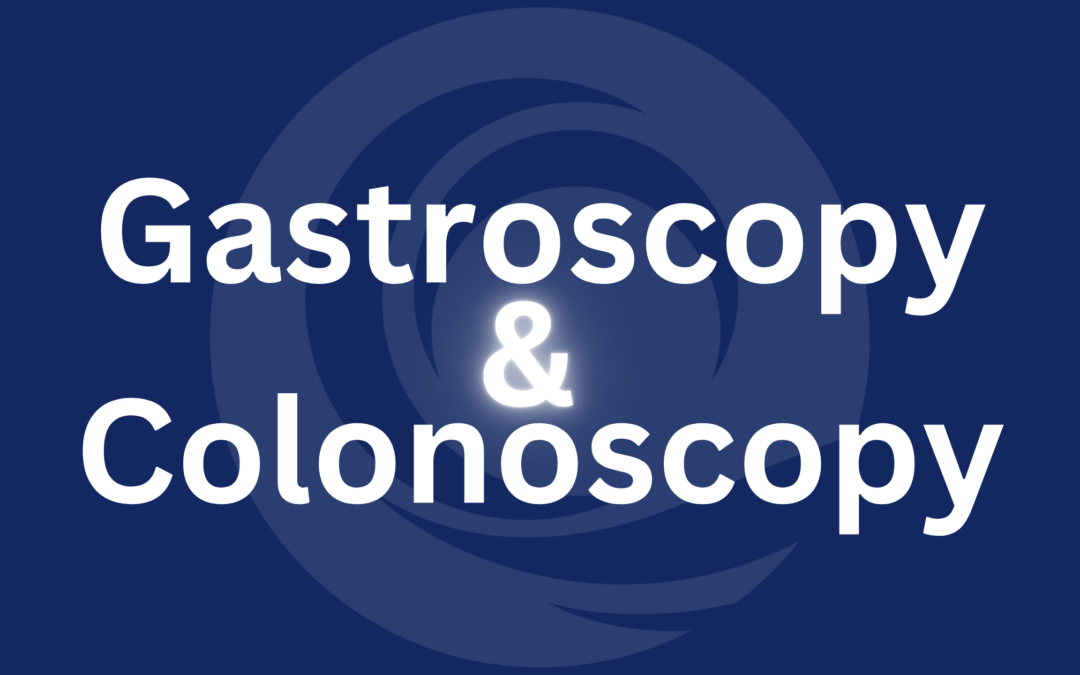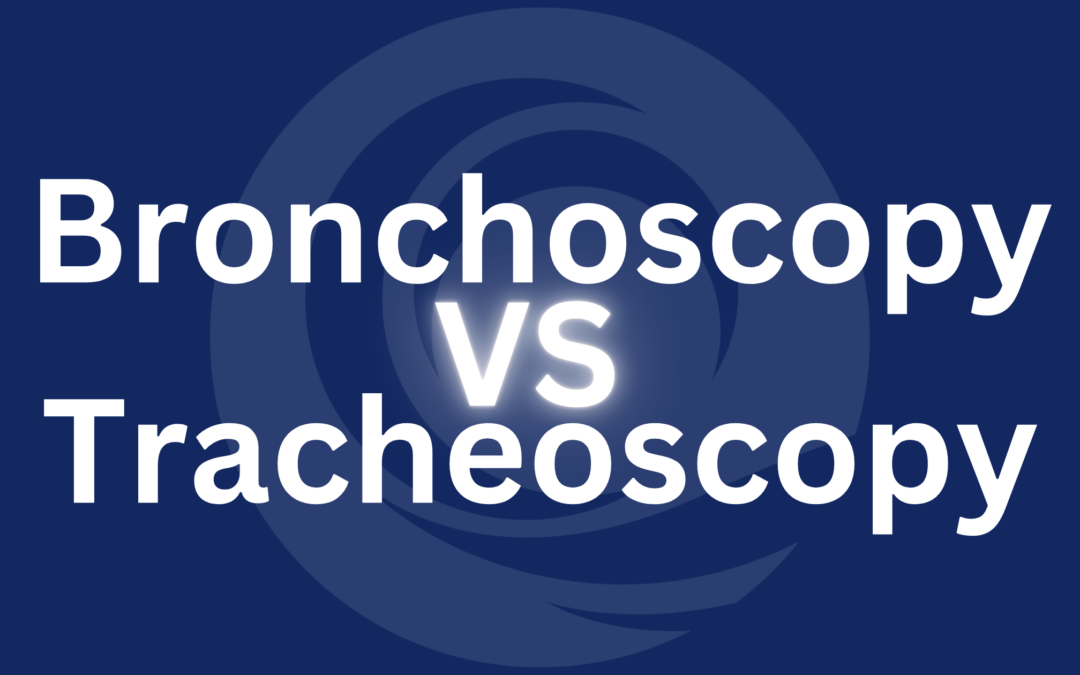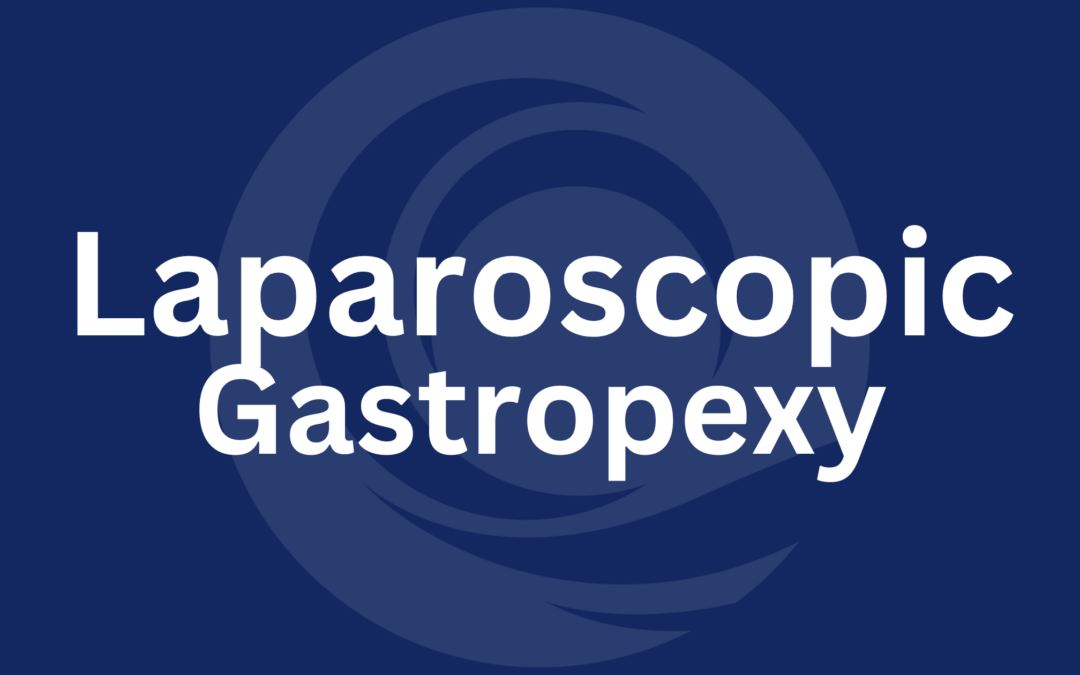
by admin | Feb 26, 2025 | Endoscopy
Introduction Gastrointestinal (GI) issues in pets can manifest as a variety of symptoms, including vomiting, diarrhoea, weight loss, and abdominal pain. Gastroscopy and colonoscopy are two types of endoscopic procedures that allow veterinarians to view the inside of...

by admin | Feb 26, 2025 | Endoscopy
Introduction Respiratory issues in pets can be challenging to diagnose without a direct view of the airways. Bronchoscopy and tracheoscopy are two advanced endoscopic procedures that allow veterinarians to examine the trachea and lungs in detail. While both involve a...

by admin | Feb 26, 2025 | Endoscopy
What is Rhinoscopy? Rhinoscopy is a minimally invasive diagnostic procedure that allows veterinarians to examine the inside of a pet’s nasal passages using a small camera called a rhinoscope. This technique is invaluable in diagnosing the cause of chronic nasal...

by admin | Mar 7, 2024 | Laparoscopy
What is Laparoscopic Cholecystectomy Laparoscopic cholecystectomy is a minimally invasive surgical procedure used to remove the gallbladder in pets. It is most commonly performed when the gallbladder becomes diseased, such as in cases of gallbladder mucocele, chronic...

by admin | Mar 7, 2024 | Laparoscopy
What is Laparoscopic Gastropexy? Laparoscopic gastropexy is a minimally invasive surgical procedure designed to prevent gastric dilatation-volvulus (GDV), also known as bloat. This life-threatening condition occurs when the stomach fills with gas, twists on itself,...






